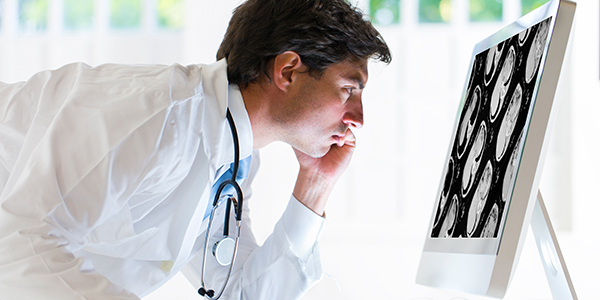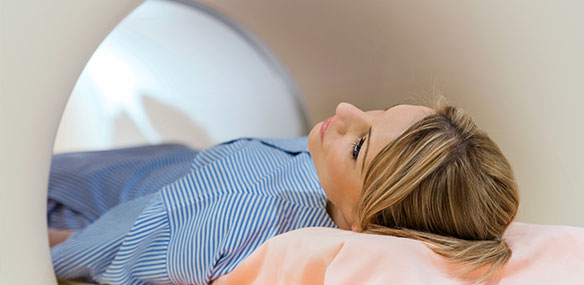Nuclear medicine is a remarkable branch of imaging that is used to investigate abnormal molecular activity in many areas of the body. Instead of producing pictures of tumors or fractures, nuclear medicine visualizes activity within your body at the molecular level.
A trace amount of radioactive material called a radiopharmaceutical is injected, swallowed or inhaled prior to the procedure, and the body area of concern is imaged using a camera that captures radioactive signals. A computer then reconstructs the signals into pictures. Scanners include the basic gamma camera and single photon emission computed tomography (SPECT). Many different radiopharmaceuticals are used depending on the body area being examined. These are sometimes merged with anatomic images acquired at the same time.
Common uses of nuclear medicine include perfusion studies, which visualize how well blood is used by the heart, the lungs and the brain.
One example of a technique that can be used is myocardial perfusion imaging, often combined with an exercise stress test or a nuclear stress test, which reveals blocked arteries and areas of the heart muscle with inadequate blood supply. This test can indicate whether you need additional imaging, angioplasty and stent placement or cardiac surgery.
Nuclear medicine is used for many other purposes, including finding hairline fractures and arthritis in the bones, treating abnormal thyroid, locating gallbladder inflammation, identifying the source of unexplained fevers and infections, MUGA (cardiac pooling) scans and gastric emptying studies.












